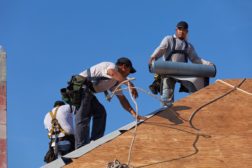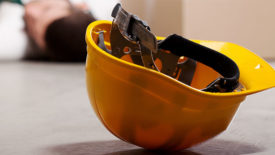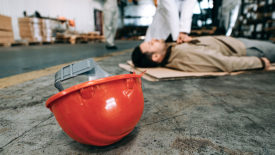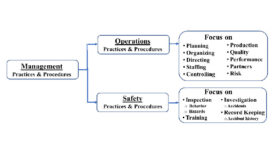Columns
Best Practices
How to interpret the Pregnant Workers Fairness Act
PWFA: Historic and inevitable
March 15, 2023
Who safeguards the 15-year-old roofer?
The shadow workforce of migrant youth is dangerously exploited
March 14, 2023
Leading Safety
Unintentional biases based on personal experience may affect the workplace
Attribution — a hidden risk factor
February 7, 2023
Best Practices
How to prepare for rise in cancer rates
Survey on work-related exposure in EU to be published this year
February 6, 2023
Breaching the C-suite
Powerful execs can be intimidating when it comes to safety
December 13, 2022
Leading Safety
Separating safety management from operations isn’t always beneficial
Issues occur within safety oversight
December 13, 2022
Get our new eMagazine delivered to your inbox every month.
Stay in the know on the latest safety trends.
SUBSCRIBE TODAYCopyright ©2024. All Rights Reserved BNP Media.
Design, CMS, Hosting & Web Development :: ePublishing












